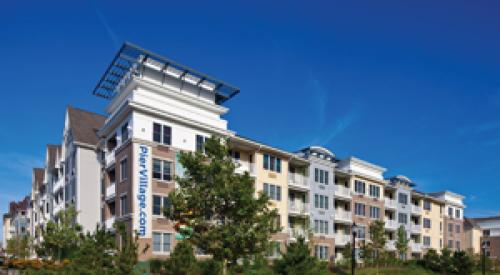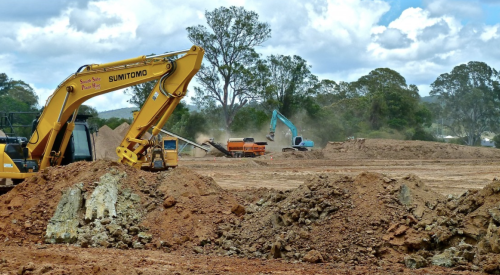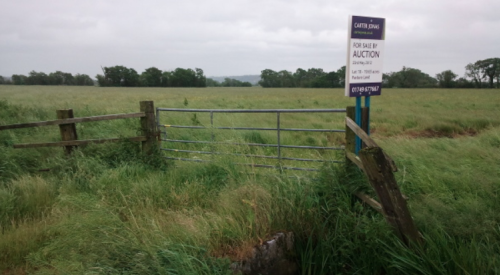|
|||||||||||||||||||
Town & Country Developers Inc. of Woodcliff Lake, N.J., and its affiliated companies have made headlines by converting brownfields — dormant industrial and commercial sites — into residential communities. While recycling brownfields will continue to be the company’s bread and butter, executive vice president and chief operating officer Joseph DiBernardo hopes that new developments in the United States and Ireland will lead to substantial growth.
Already Town & Country has rocketed from No. 237 last year to 141 on the 2002 Giants list, reporting $123.3 million in housing revenue for 2001. That’s an increase of about $59.2 million over its 2000 figure, partly because of dramatic price increases. “The New York metro market has just gotten stronger and stronger, with median home prices increasing every year, and we’re building in the wealthiest counties in New Jersey,” DiBernardo says. “Combine that with the fact that in our price range, which is anywhere from the $150,000s to the $300,000s, we have market layers that just don’t exist farther out in the suburbs. Our planned urban developments offer something for everyone from yuppies to seniors, including single-family homes, townhomes and condominiums.”
Another factor is the proximity of Town & Country’s communities to Manhattan. “We are right across the Hudson River and in some cases within eyesight of the New York City skyline,” says Di-Bernardo. After Sept. 11, people fleeing New York neighborhoods snapped up 190 of 210 units in eight days at a project in New Jersey. Homes priced in the $140,000s climbed to nearly $300,000. About half the homes Town & Country built in 2000 were sold to entry-level buyers, but in 2001 the focus shifted to 70% second move-up and active-adult buyers, tapping into the large number of baby boomers entering the market.
Town & Country stopped building million-dollar homes long ago and is now a boutique builder, DiBernardo says. “We start at the bottom when we first go into a market and climb to a price range we think the market will accept.” In 2001, 95% of Town & Country’s homes were built in New Jersey. But its subsidiaries in Scottsdale, Ariz., and Bradenton, Fla., have properties under development, and locations are being evaluated in New York, Houston, Las Vegas, Charlotte, N.C., and Raleigh/Durham, N.C.
In markets where competition from public companies is fierce, Town & Country seeks its own niche. “It’s difficult, for example, to compete with the nationals in Phoenix, so we’re looking for infill sites where we can do small gated communities in a lower price point that will appeal more to seniors and young first-time buyers,” DiBernardo says. Initially, new communities are no larger than 100 units. As the company gains a foothold in the market, subsequent developments grow to 200 or 300 units.
| Joseph DiBernardo (standing), executive vice president and COO, and James Bovino, chairman and CEO |
One of Town & Country’s most promising new markets is the suburbs of Dublin, Ireland. “The Silicon Valley thing is happening there,” DiBernardo says. “The Irish government has provided many economic incentives for development, along with a hard-working, bright, young work force.” The housing is a simple type of construction, usually block, “that could be almost simpler to build than what we do in the U.S. There are no closets — they use armoires or chifforobes — and they don’t give you kitchen sinks and cabinets, just the plumbing and the outlets. Everything is an upgrade.”
Land availability will continue to be a challenge and an opportunity. In New Jersey, acquisition efforts focus on former research and development or office park sites owned by Fortune 100 companies that are downsizing or relocating. Town & Country has strict guidelines for brownfields. “We can’t develop them unless the owner guarantees they’re up to residential standards,” DiBernardo says, “so when we write our public offering statements, home buyers and their attorneys are reassured that it’s whistle-clean property.”












